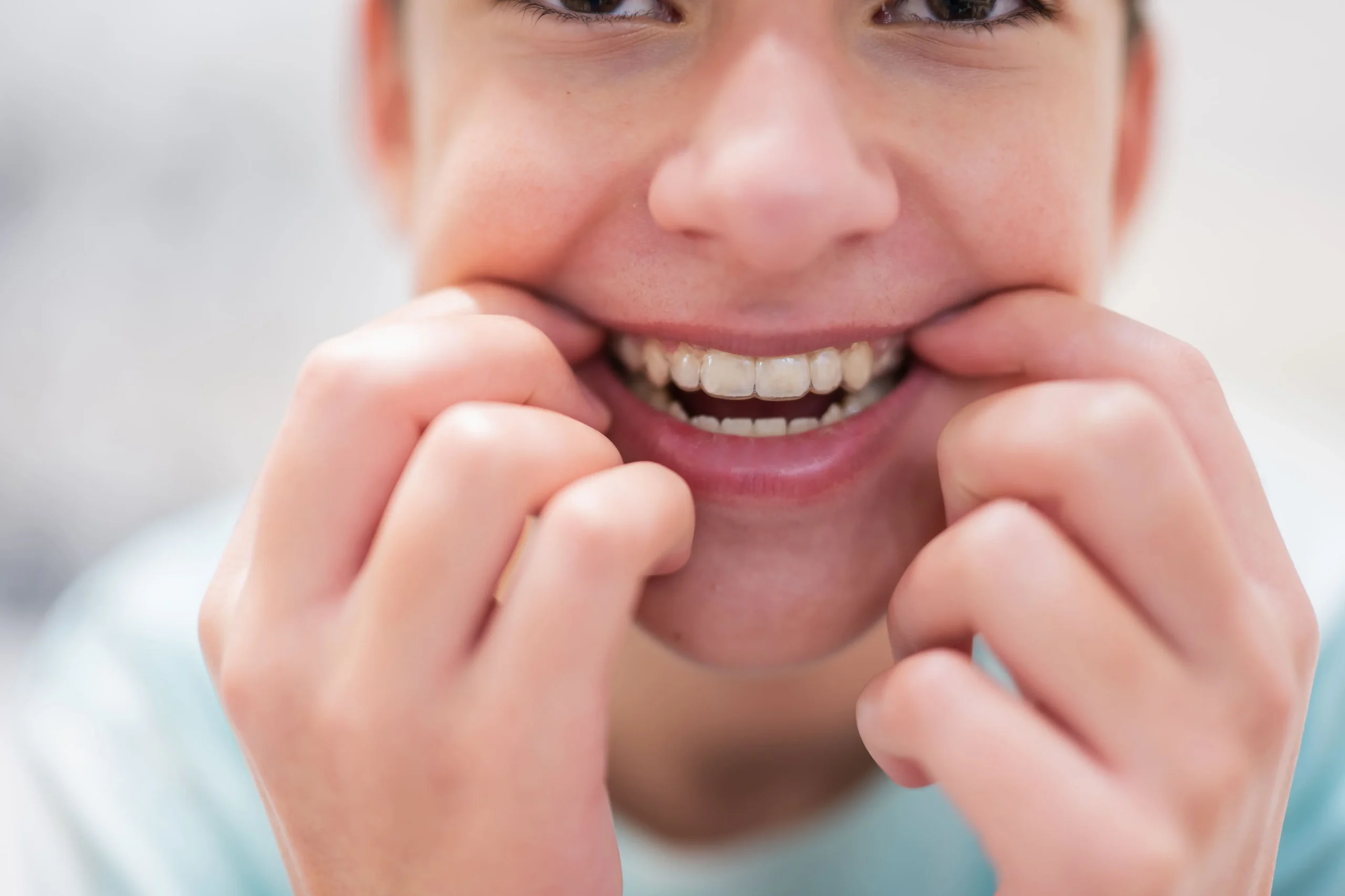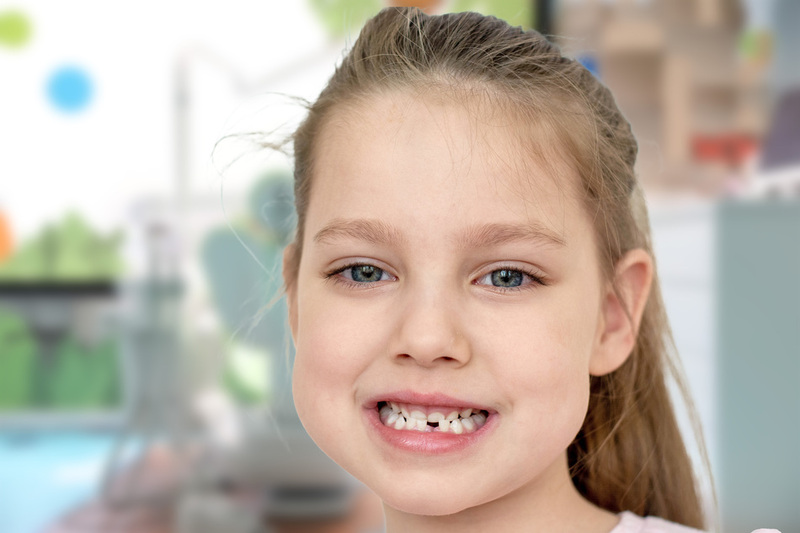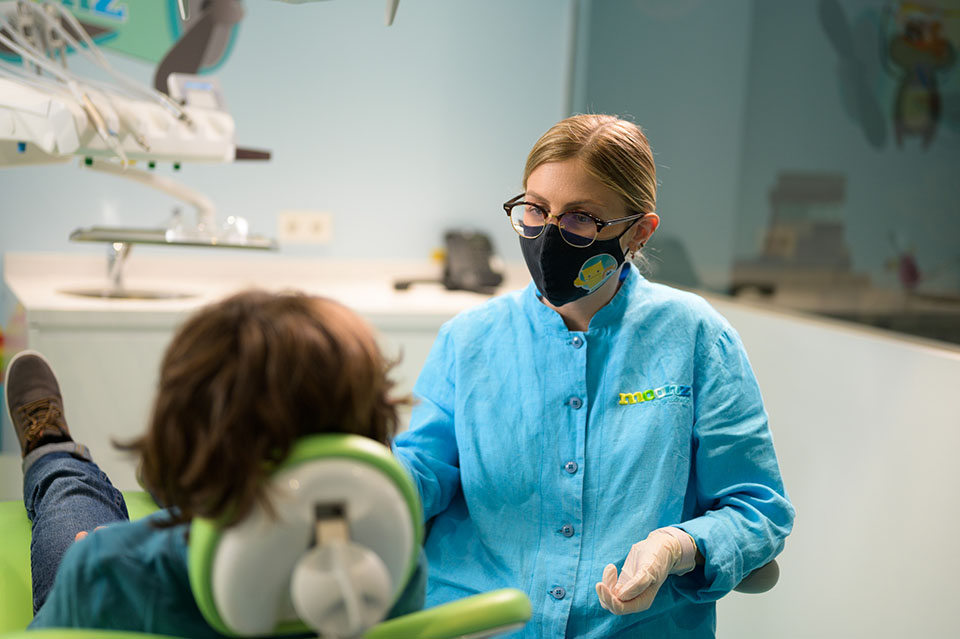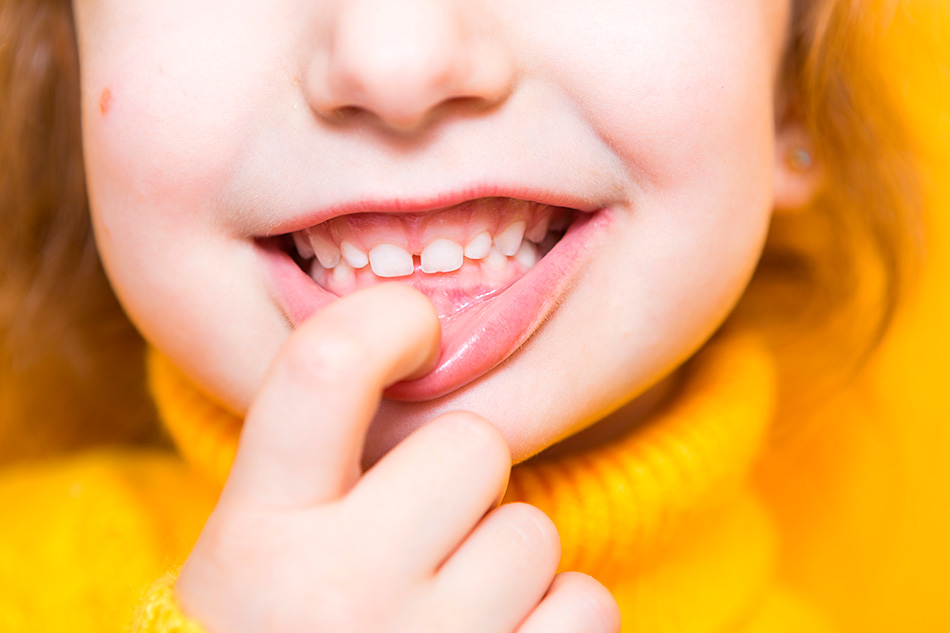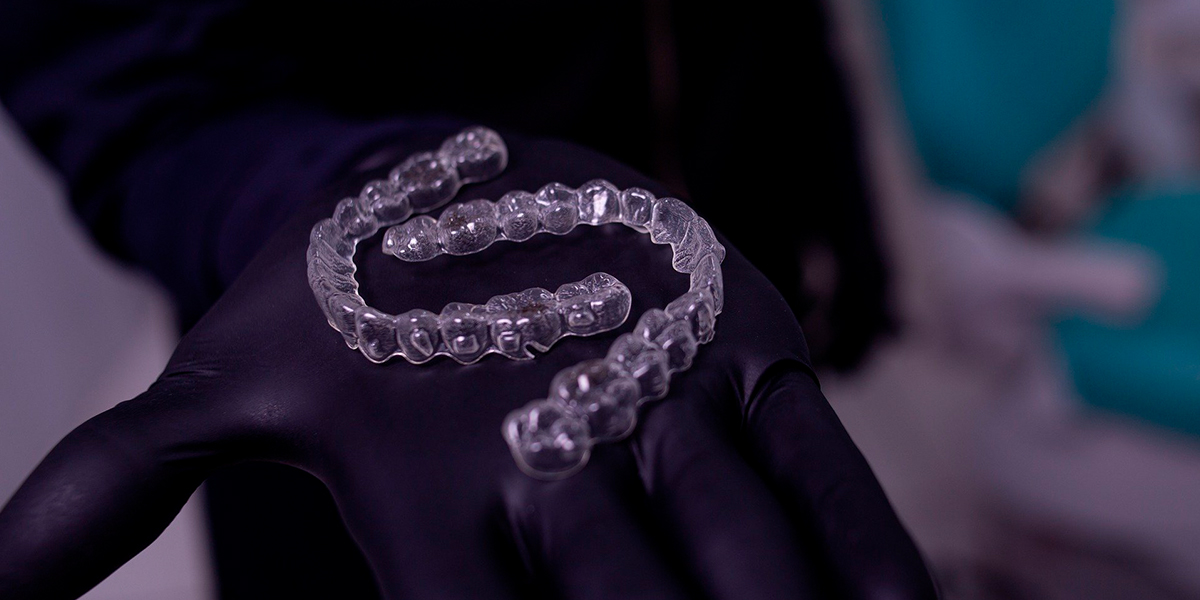Open bite is one of the most common malocclusions that develop during childhood. This type of bite can have various consequences in the future if it is not treated in time, both aesthetically and functionally, as it can also influence language development.
For this reason, in the following article we will explain why it is important to treat open bite in children in time, what the main causes are and the possible consequences.
WHAT IS OPEN BITE IN CHILDREN?
A child’s open bite is a type of dental or skeletal malocclusion that involves a lack of contact between the upper and lower teeth. This creates a gap between the two arches, thus preventing children who suffer from this problem from closing their mouths completely.
TYPES OF OPEN BITE IN CHILDREN
There are several types of open bite in children:
- Anterior open bite: this is usually the most common type. It occurs when the front teeth of the upper arch do not make contact with the teeth of the lower arch.
- Posterior open bite: occurs when the back teeth (molars) do not contact each other.
- Side open bite: occurs when the absence of tooth engagement occurs only on one side of the mouth (left or right).
- Complete open bite: occurs when only the last molars in the mouth come into contact with each other.
WHAT ARE THE CAUSES OF CHILDHOOD OPEN BITE?
There are various factors that can cause an open bite during childhood:
- Bone problems: this is due to an alteration in the growth of the facial bones as a genetic consequence.
- Prolonged use of a dummy or thumb: children who have the habit of sucking their thumb or dummy constantly, beyond the age of three, are more likely to suffer from open bite. Excessive use can disrupt the natural alignment of the teeth and the growth of the maxillary bones (mandible and upper jaw).
- Atypical swallowing: this is a disorder that occurs during childhood due to poor positioning of the tongue when swallowing, as the tongue is often pushed against the teeth instead of against the roof of the mouth.
- Mouth breathing: this habit causes the air that constantly passes through the mouth to create a space between the teeth.
WHAT ARE THE CONSEQUENCES OF OPEN BITE IN CHILDREN?
There are some fairly common patterns in all children who suffer from open bite, among them:
- Alterations in speech: it is common to have some difficulty when pronouncing some phonemes correctly or lisping (saying the “s” as “c” or “z”).
- Eating difficulties: as they are unable to close their mouths completely, children tend to chew their food badly and therefore tend to have a poorer digestion.
- Aesthetic implications: an open bite often affects the harmony and appearance of the smile.
- Respiratory problems: as the jaw bones have not developed correctly, children with an open bite find it difficult to receive the necessary oxygen via the nose. For this reason they are more likely to breathe through the mouth, which in turn can make the malocclusion even worse.
- Temporomandibular joint (TMJ) disorders: these disorders usually manifest themselves in chronic pain (head, ear, face or neck pain), clicking in the jaw, etc.
HOW IS A CHILD’S OPEN BITE CORRECTED?
Treatment to correct open bite in children depends on several factors such as the age of the patient, the cause and the degree of malocclusion (severe, moderate or mild). To do this, it is necessary to identify the origin of the problem, carry out a detailed study and apply the appropriate treatment for each case.
The most common treatments to correct children’s open bite are:
- Interceptive orthodontics: this type of orthodontics is used during the growth stage of children, between the ages of 6 and 12, to avoid complications in adulthood. Its main objective is to guide the development of the maxillary bones and thus correct dental malocclusion problems in time.
- Orthodontics: the purpose of this treatment is to modify the dental position, which is why, from puberty onwards, orthodontics is one of the solutions to correct an open bite. In this case, you can choose the type of orthodontics you want, either braces or invisible orthodontics.
- Orthognathic surgery: this is a surgical procedure that corrects dentofacial malformations, thus achieving facial harmony for the patient. This intervention is performed in cases of severe open bite, i.e. when some basic activities such as breathing, eating and sleeping are seriously affected, as well as the aesthetic aspect. Orthognathic surgery is usually combined with orthodontics, as surgery acts on the bones and orthodontics on the teeth.
HOW LONG DOES IT TAKE FOR AN OPEN BITE TO CLOSE IN CHILDREN?
The time it takes for an open bite to close will depend on the origin of the problem, the age and the type of malocclusion.
If it is a mild open bite, it can be corrected with interceptive orthodontics in approximately 12 to 18 months.
On the other hand, if it is a severe open bite, it requires a combined treatment of orthognathic surgery and orthodontics, where the estimated time can be as long as 36 months.
It is therefore important to treat open bite during childhood to avoid serious problems in adulthood and to reduce the duration of treatment as much as possible.






